The 20-year-old girl was found to have a heart defect on the right side, the patient was confused, the doctor explained
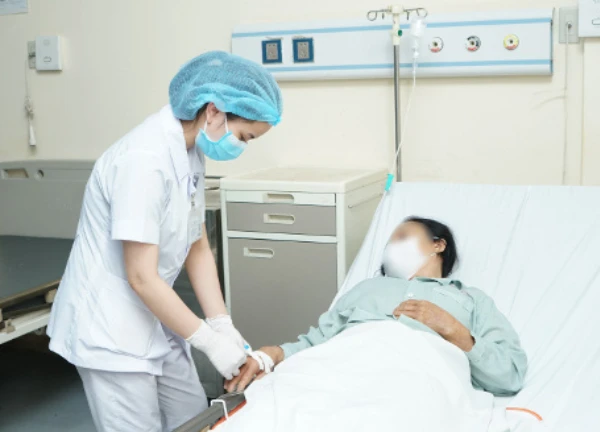
3 | 1 Discuss | Share
Ho Chi Minh City Tropical Hospital was built in 1860. The French at that time occupied a land area of more than 5 hectares in a village between Saigon - Cho Lon area to build it.
On February 13, 1861, the hospital began operating. On February 10, 1862, the civil government took over. The Ho Chi Minh City Tropical Hospital then received and treated people with venereal diseases and sick prisoners.
Many people may not know that previously, Ho Chi Minh City Tropical Hospital and Ho Chi Minh City Mental Hospital (facility 1 on Vo Van Kiet Street, District 5) were both part of the old Cho Quan Hospital. Ho Chi Minh City Tropical Hospital is the hospital with many "bests" in Vietnam.
Ho Chi Minh City Hospital for Tropical Diseases is a long-standing hospital with an interesting history, marking the passage of time.
In addition to being the oldest, it is also the only hospital with a prison camp within its premises. Many of our soldiers such as Ha Huy Tap, Nguyen Van Troi, Tran Bach Dang, Tran Nao... were imprisoned here. In 1931, comrade Tran Phu (first General Secretary of the Indochinese Communist Party, now the Communist Party of Vietnam) spent time receiving medical treatment. Before that, he was captured by the French during his activities, brutally tortured and seriously ill.
Currently, the detention camp in the Ho Chi Minh City Tropical Hospital is recognized as a national historical and cultural relic. The Ho Chi Minh City People's Committee is urgently renovating the detention camp to reopen it on the occasion of comrade Tran Phu's birthday in 2024.
During its operation from 1862 to 1875, Cho Quan Hospital (formerly known as Ho Chi Minh City Tropical Hospital) specialized in treating people with venereal diseases and sick prisoners. However, since 1908, it has been a specialized hospital for infectious diseases, leprosy and mental illness.
From 1876 to 1904, the hospital was renovated and expanded. In addition to 110 beds for sick prisoners and 20 beds for venereal patients, 6 infectious disease rooms, an operating room and a delivery room were added. A sterilization furnace and a clean water supply from Cho Lon were put into use.
From 1904 to 1907, the hospital added a psychiatric ward, a ward for Europeans needing surgery (in 1906) and opened a school for training nurses and inoculation, accepting students from the southern provinces. By 1908, the hospital had stopped training to become a hospital specializing in infectious diseases, leprosy and mental illness.
In 1972, the hospital changed its name to the Korean-Vietnamese Medical Center, specializing in the treatment of infectious diseases, mental illness, internal medicine, surgery, pediatrics, etc. After the country's reunification, the hospital took back its name, Cho Quan. This place takes on the task of specializing in infectious diseases, treating and preventing epidemics, as well as training specialists for Ho Chi Minh City and the southern provinces.
At this time, the hospital was considered "a new and most modern comprehensive medical center in South Vietnam", a place for internships for medical university students and training programs of the Ministry of Health of the former Saigon government.
On May 1, 1975, the hospital was taken over and managed by the Southern Social Health Department under the Military Management Committee, and renamed Cho Quan Hospital. Afterwards, the psychiatric treatment facility was transferred to Bien Hoa Mental Hospital and then to the Ho Chi Minh City Department of Health for management, now the Mental Hospital. In 1988, the leprosy treatment area was transferred to the Ho Chi Minh City Dermatology Hospital.
On August 4, 1979, Cho Quan Hospital was assigned to be a specialized hospital for infectious diseases, responsible for treatment, disease prevention, and specialized training for Ho Chi Minh City and the southern provinces. In 1989, the hospital changed its name to the Tropical Diseases Center under the Department of Health.
On October 10, 1996, the hospital was ranked as a first-class hospital, specializing in infectious diseases of the city and southern provinces. In 2002, this place was renamed Ho Chi Minh City Hospital for Tropical Diseases.
Associated with the historical upheavals of the country through two periods of resistance against France and the US, the hospital has a prison area where sick prisoners are detained and treated, including both common criminals and political prisoners.
To date, the Ho Chi Minh City Hospital for Tropical Diseases remains the most famous infectious disease treatment facility in Vietnam. In the fight against Covid-19, this is the last "stronghold" of treatment in Ho Chi Minh City and the southern provinces. Currently, this hospital is the only place in Ho Chi Minh City that accepts, quarantines, and treats patients with monkeypox.
In the fight against Covid-10, Ho Chi Minh City Hospital for Tropical Diseases made its mark when it successfully treated patient 91, a Scottish pilot. By April 2021, Covid-19 had broken out strongly, and this hospital had converted its function into a place specializing in treating severe and critical Covid-19 cases.
A famous event that many people still remember, on June 11, 2021, dozens of employees of the Ho Chi Minh City Tropical Hospital contracted Covid-19 from an external source. This place became an "epidemic hotbed" and had to be locked down. All employees and hospital leaders had to be quarantined on site and not go home. By June 25, 2021, the medical quarantine period at the Ho Chi Minh City Tropical Hospital ended, and everything gradually returned to normal.
Among the 14 typical heroes of Vietnam, there are 2 who are father-in-law and son-in-law. They are extremely famous characters, their names are given to many streets and places in our country.
The baby died due to bread poisoning: relatives choked on tears, revealed unfinished plans 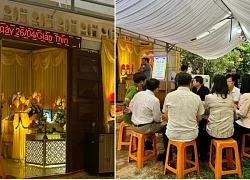 Bút Màu11:33:50 04/06/2024Sharing with the press, the father is heartbroken, still cannot believe his son is gone forever after 1 month of intensive treatment for poisoning after eating meatloaf. Relatives revealed that the child is very cute, innocent, about to enter Grade 1.
Bút Màu11:33:50 04/06/2024Sharing with the press, the father is heartbroken, still cannot believe his son is gone forever after 1 month of intensive treatment for poisoning after eating meatloaf. Relatives revealed that the child is very cute, innocent, about to enter Grade 1.

3 | 1 Discuss | Share
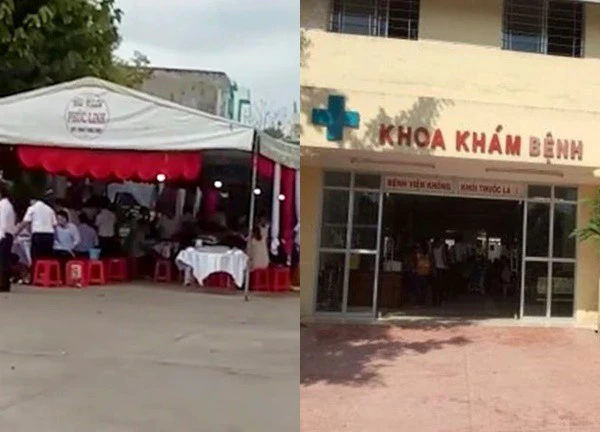
4 | 1 Discuss | Share

2 | 0 Discuss | Share
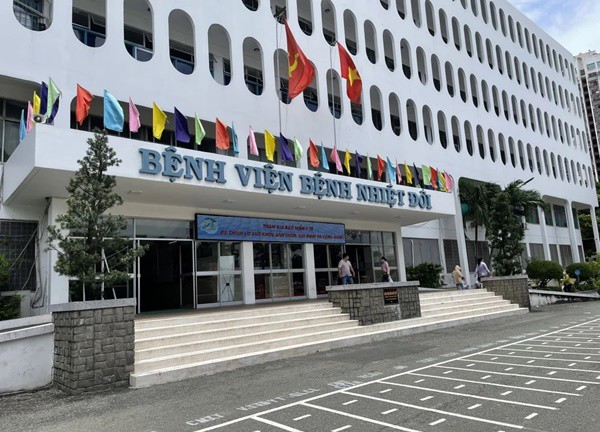
4 | 0 Discuss | Share
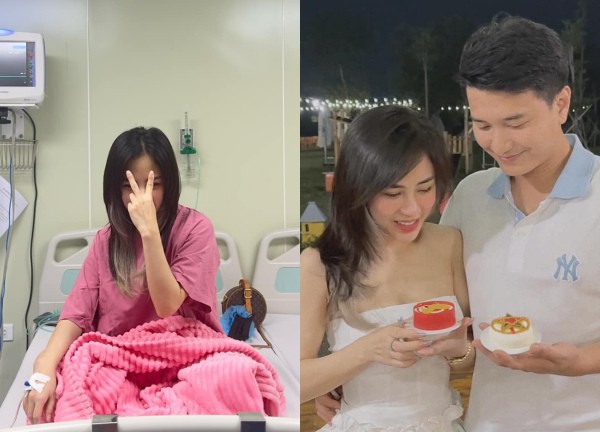
4 | 0 Discuss | Share
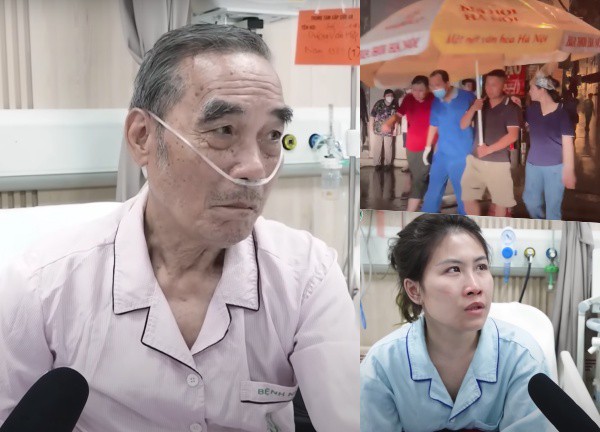
4 | 0 Discuss | Share

5 | 0 Discuss | Share
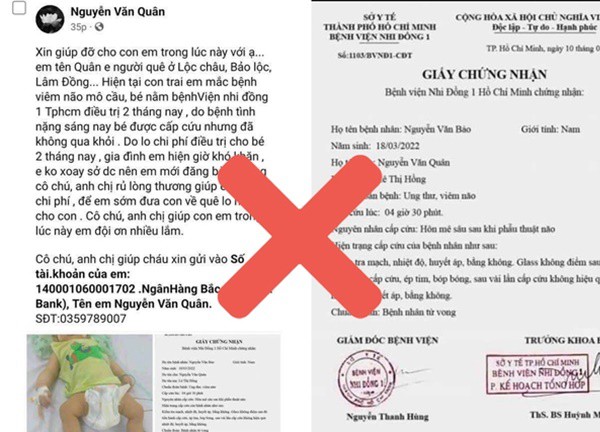
3 | 0 Discuss | Share
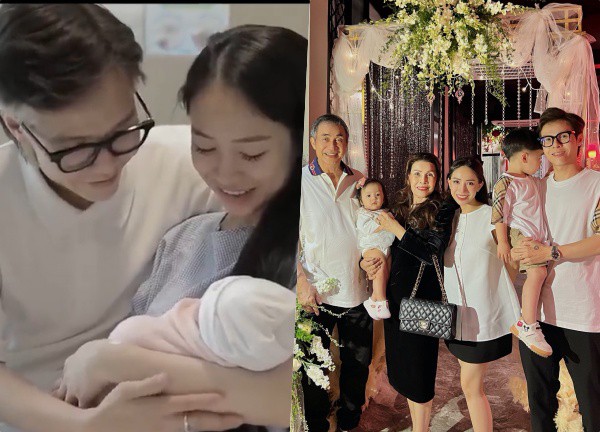
1 | 0 Discuss | Share
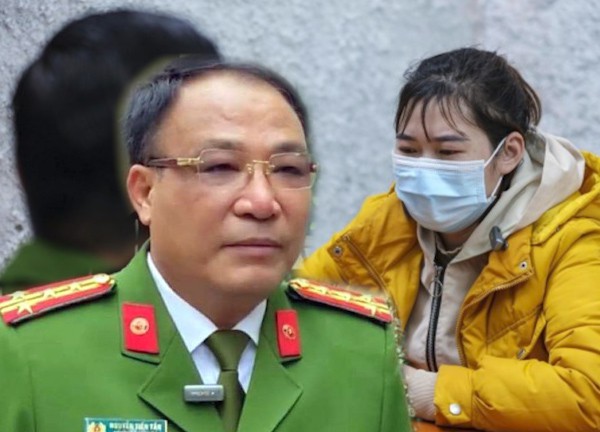
1 | 0 Discuss | Share
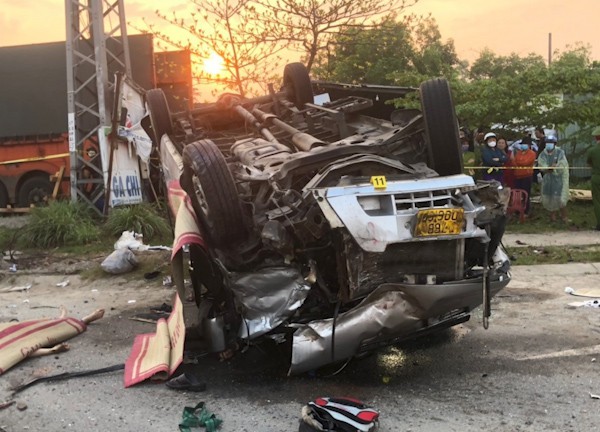
4 | 0 Discuss | Share

3 | 0 Discuss | Share


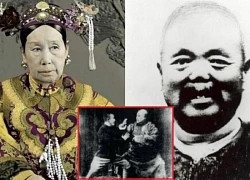
2 | 1 Discuss | Report